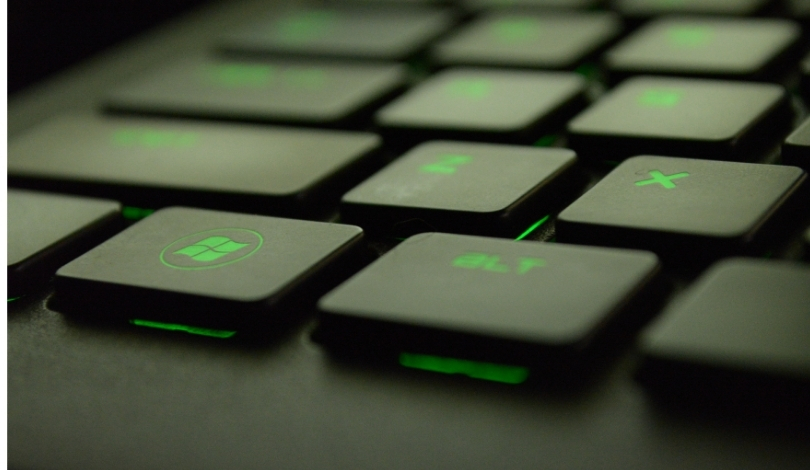As PC gamers anticipate the launch of Capcom’s latest title, Monster Hunter Wilds, concerns about its performance on existing hardware have come to the forefront. The recently released Steam benchmark provides a critical look at how the game operates on a range of systems, particularly highlighting challenges for those using mid-range GPUs like the RTX 3070. Gamers are now weighing their options to balance visual fidelity and smooth gameplay, facing decisions that could impact their overall gaming experience.
Capcom’s decision to release a benchmark ahead of the game’s launch has sparked discussions among the gaming community. The data reveals that even with advanced settings like DLSS enabled, maintaining consistent frame rates above 60 fps remains difficult for some setups. This early look allows players to adjust expectations and system configurations in preparation for the game’s release.
Can Mid-Range GPUs Handle Monster Hunter Wilds?
The benchmark results indicate that GPUs such as the RTX 3070, which have 8GB of VRAM, struggle to sustain high performance at 1440p resolution. Users report fluctuating frame rates, especially during graphically intensive scenes involving dynamic weather and detailed environments. This suggests that players may need to lower certain settings to achieve a more stable gaming experience.
Does DLSS Improve Performance Significantly?
Utilizing DLSS has provided some relief, with the default high settings and DLSS Balanced mode yielding an average of 54.43 fps. While this is an improvement, it falls short of the commonly desired 60 fps threshold. Further optimization was explored by adjusting texture quality and rendering distance, leading to modest gains but highlighting the limitations of current hardware.
What Alternatives Exist to Enhance Frame Rates?
An alternative approach involved switching to DLSS 4 using the DLSS Swapper tool. This upgrade boosted average frame rates to 64.24 fps, showcasing a potential pathway for better performance without drastically reducing graphical settings. However, even with these adjustments, peak performance during complex moments in the benchmark dips below the preferred frame rate, indicating room for further improvements.
Hardware compatibility remains a significant consideration for players eager to experience Monster Hunter Wilds at its full visual potential. While the benchmark does not spell disaster for PC performance, it underscores the necessity for gamers to assess their systems and make informed choices to optimize gameplay. Capcom’s proactive sharing of benchmark data allows the community to prepare, albeit with some uncertainty about the final in-game performance.
Looking ahead, as more information becomes available with the full game release, players can expect further refinements and potential patches to address performance issues. Staying informed about hardware requirements and available optimization tools will be crucial for those seeking a seamless gaming experience in Monster Hunter Wilds.
Future players might consider balancing their settings based on their hardware capabilities and the importance they place on visual quality versus smooth gameplay. Additionally, keeping an eye on updates from Capcom and community-driven solutions like DLSS Swapper can provide avenues for enhancing game performance without significant investments in new hardware.










